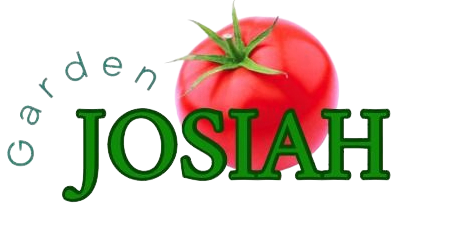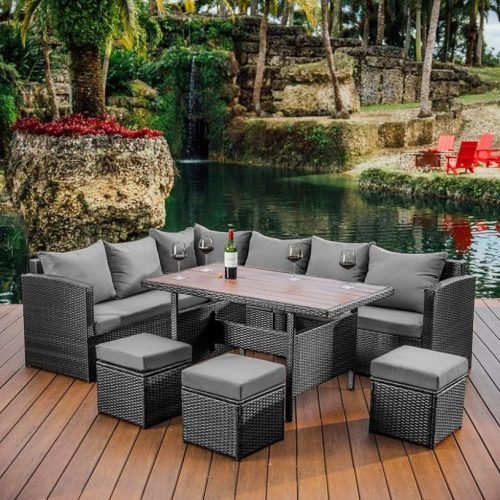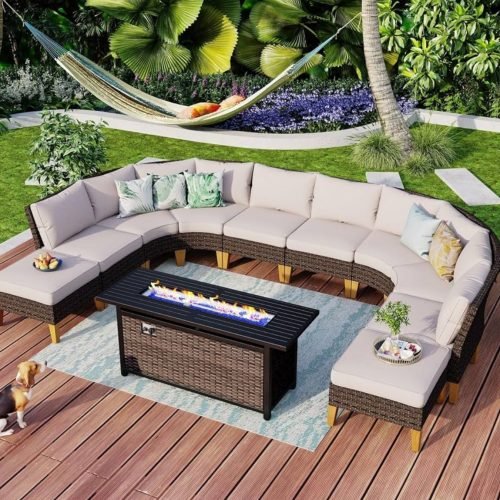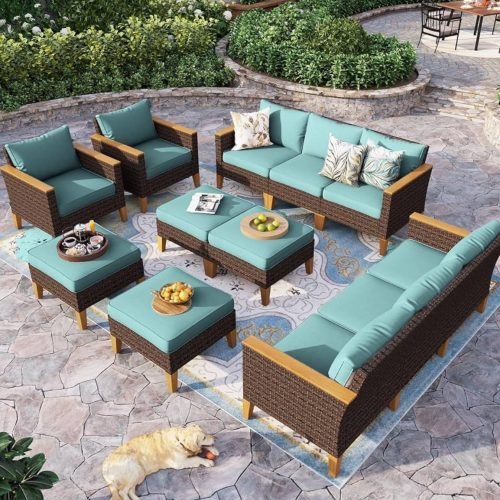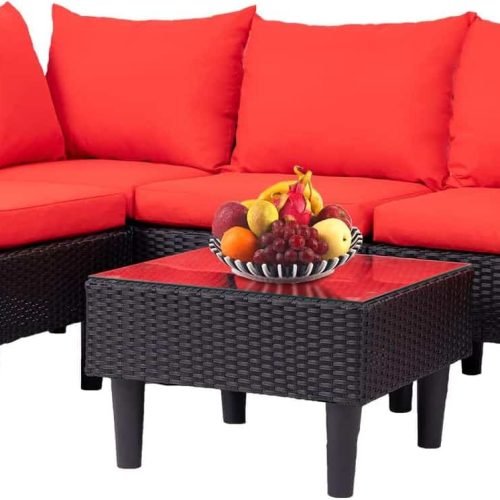Guess who? Its JV Charles again. Did you know that over the past century, urbanization has changed the landscape a lot? A whole lot! It has led to a loss of 150 million acres of habitat and farmland in the U.S1. Sad, so sad. This has created a green, uniform landscape that doesn’t support ecosystems anymore. But, there’s a simple fix: native plants. These plants are key to life, supporting local food webs and co-evolving with local wildlife1. Who would have thought.
Our garden choices affect birds and insects a lot. By picking native plants, we help wildlife1. Native plants are better for local wildlife, like bees, butterflies, and mammals1. They also need less water and fertilizers to grow well1.
There are great resources out there, like the Audubon Society and the Ecological Landscape Alliance (ELA). They offer info on native plants and how to use them in our gardens1. ELA works for the environment by teaching, working together, and sharing knowledge1. So Im going to in turn share with you.
Key Takeaways
- Native plants are key for local biodiversity and healthy ecosystems.
- Switching to native plants helps the environment.
- Native plants need less water and fertilizers, making them better for the planet.
- They create homes for many animals, including bees, butterflies, and birds.
- Groups like the Audubon Society and Ecological Landscape Alliance offer great advice on native gardening.
Understanding the Value of Native Plants
Native plants are key to supporting local wildlife and keeping ecosystems balanced. They are made for the local climate and soil, offering many benefits beyond looks2. They need less water because they’re used to the area’s rainfall2. Plus, they create a balanced ecosystem that needs little care, improving soil and helping native animals and pollinators2. Nice huh?
Connecting Plants and Local Wildlife
Native plants and local wildlife have a deep connection. These plants and animals have evolved together2. This bond is vital for the ecosystem’s health, as pollinators like bees visit these flowers for food2. Just to name one. There are a bunch more!
Maintaining Balance in Ecosystems
Native plants help keep ecosystems in balance by supporting local biodiversity2. This balance is at risk from invasive species, which harm native wildlife2. By planting native plants, we help native pollinators and fight invasive species, which are hurting insects worldwide2. Supporting native plants is key to keeping our food supply safe and our environment healthy2.
| Benefits of Native Plants | Supporting Data |
|---|---|
| Require less water | 23, |
| Create self-sustaining ecosystems | 23, |
| Support local wildlife and pollinators | 23, |
| Promote biodiversity and ecosystem balance | 23, |
| Reduce need for chemical inputs | 3 |
| Offer economic benefits through reduced maintenance | 3 |
“Preserving local biodiversity is crucial for maintaining the delicate balance of our ecosystems and ensuring food security for generations to come. Native plants play a vital role in this process.”
The Challenges of Non-Native Ornamental Plants
Non-native ornamental plants add beauty but bring big challenges to our ecosystems. Species like kudzu, Japanese knotweed, and purple canch can spread, taking over natural areas. They crowd out native plants, causing a big loss of plant diversity4.
This loss affects the whole ecosystem4.
Invasive Species and Ecosystem Disruption
When non-native plants become invasive, the effects are severe. Local insects and birds that rely on native plants struggle to survive4. Soil health and water quality suffer, making the ecosystem less resilient4.
Research shows 25% of the world’s species are at risk of disappearing5. In Illinois, over 300 native plants face danger of extinction5. This shows we need to act fast to stop the harm from non-native plants.
The gardening world has often favored non-native plants5. But, there’s a growing interest in native plants that help local wildlife and protect biodiversity5. As people learn about the value of native plants, this could change how we landscape and garden.
“Native plants are well-suited to the local climate, requiring less water than non-native species and supporting local wildlife.”4
By understanding the issues with non-native plants and valuing native ones, we can make our ecosystems more sustainable and resilient. Anybody can do it. Trust me on this.
The Importance of Native Plants in Your Garden: Supporting Local Biodiversity
Non-native plants can harm local ecosystems. But, gardens with native plants help local wildlife and are good for the environment6. So cool if you think about it.
Native plants work well with local insects, supporting biodiversity6. They attract bees and butterflies, helping plants reproduce6. These plants also handle local weather and pests better, keeping ecosystems stable6.
Native plants need less water, saving water resources6. They draw in local pollinators, feeding them and helping with pollination6. Using local mulch helps create a natural setting and supports native plants, preventing pests6.
Adding non-native plants can upset local ecosystems, so it’s best to use native ones6. Native plants in gardens attract various wildlife, making them mini-ecosystems6.
Climate change and habitat loss are big threats to wildlife, making native plants key to their survival7. Many insects and animals have disappeared in the last 50 years7. Governments and groups aim to protect 30% of the world’s lands and waters by 20307.
People can help by planting native plants in cities and suburbs7. Doug Tallamy suggests using native plants instead of part of a lawn to help wildlife7. Most land in the U.S. is owned by individuals, giving homeowners a chance to make a difference7.
Native plants are plants that naturally grow in a certain area and fit well with the environment7. They help local wildlife and need less care7. Plants like Wreath goldenrod and New England aster support pollinators and wildlife7.
By using native plants in our gardens, we help protect and restore local biodiversity. We create mini-ecosystems that support life in our communities67.
Creating a Native Plant Garden
Turning your yard into a native plant garden is a great way to make it look beautiful and help local wildlife. It’s all about picking the right plants and designing your garden like nature’s own. This approach helps your garden look great and supports local plants and animals.
Selecting Appropriate Native Species
Start by finding out which native plants grow well in your area8. You can look up local nurseries or online resources for advice. This ensures your plants will do well in your yard’s conditions8. Choosing native plants attracts local insects, birds, and other wildlife that need these plants for food and shelter.
Designing for Biodiversity and Wildlife Habitats
Plan your garden to look like nature’s own, with different plants at various heights and mixed together8. This makes your garden look beautiful and helps many kinds of wildlife8. Think about adding things like brush piles, water features, and nesting boxes to help different animals.
By picking native plants and designing with wildlife in mind, you’re helping to fix broken habitats and connect them8. This is great for local animals. Plus, getting kids involved teaches them about nature and helps them care for the environment9.
“Gardening enhances kids’ connections to the natural world, boosting their environmental literacy and conservation attitudes.”9
With some research, planning, and getting your hands dirty, you can make your yard a place where nature thrives. This not only helps your local ecosystem but also teaches your community about the importance of nature89.
Overcoming Challenges in Native Gardening
Switching to native plant gardening can be tough, but it’s doable with the right mindset. Some worry that native gardens look “weedy” or messy, unlike traditional gardens10. But, a well-planned native garden can show off the beauty of these plants, fitting into any landscape style10.
Many gardeners are hesitant to replace non-native plants. Adding native plants slowly, alongside the ones you like, makes the switch easier10. This way, you can enjoy the perks of native gardening while keeping some of your favorite plants10.
Native plants take time to grow but offer big rewards10. They do well without synthetic fertilizers and pesticides, helping the soil, plants, and pollinators, and keeping the environment clean10. It’s important to watch for invasive plants and remove them quickly to keep your garden healthy10.
Joining local gardening groups and organizations can make native gardening easier10. These groups offer advice, resources, and support to help you switch to native plants10. Together, we can make beautiful, eco-friendly gardens that help our local ecosystems10.
“Gardening is a way of showing that you believe in tomorrow.”
– Audrey Hepburn
By facing the challenges of native gardening, we can make our gardens beautiful and support our communities’ health10. With education, community support, and a new approach, we can enjoy the many benefits of native plant gardening10.
Conclusion
By using native plants in our gardens, we connect our spaces with the important work of saving nature11. Choosing plants that are native helps fix broken ecosystems and support pollinators1213. These plants also give food and shelter to birds, insects, and other wildlife.
Gardeners with passion and effort can turn small yards into places that help both people and the environment11. By picking native plants, we can make a big difference for nature in our own yards. This way, we help bring back biodiversity and work towards a better future for our ecosystems.
The effect of using native plants is huge121311. By picking native plants, we help pollinators, support many kinds of wildlife, and make our areas healthier. We can make the world greener and more diverse, one yard at a time.
FAQ
What are the benefits of native plants for local biodiversity?
Native plants are key for local wildlife, offering food, shelter, and habitat. They keep natural ecosystems balanced and help protect biodiversity in our areas.
How do native plants differ from non-native ornamental plants?
Non-native plants can take over, pushing out native plants and harming ecosystems. Native plants, on the other hand, fit well with local conditions and support native wildlife.
What are the steps to creating a successful native plant garden?
Start by picking plants native to your area. Then, design your garden to look like nature, with different layers and features for wildlife.
How can we overcome challenges in transitioning to native plant gardening?
Switching to native plants takes time, as they grow slower. But, they can make your garden beautiful. It’s also key to avoid pesticides and manage invasive species.
What is the broader impact of choosing native plants for our gardens?
Using native plants helps fix damaged ecosystems and supports pollinators. It’s a way to make a big difference for nature in our communities.
Source Links
- https://www.ecolandscaping.org/native-plants/ – Why Native Plants Matter – Ecological Landscape Alliance
- https://herbspeak.com/why-native-plants-are-important/ – (Explained) Why Native Plants Are Important | HerbSpeak
- https://wet-tec.com/blog/benefits-of-using-native-plants-for-a-sustainable-garden/ – Benefits of Using Native Plants for a Sustainable Garden
- https://ecogardener.com/blogs/news/native-plants-promoting-biodiversity?srsltid=AfmBOooHmJmFCYpk9p4HyfpsMfa6jBtrbZHp0fj9grCJB0LAe5B_hxDO – How Native Plants are Promoting Biodiversity and Ecosystem Health
- https://extension.illinois.edu/blogs/garden-scoop/2019-05-10-native-plants-and-biodiversity – Native Plants and Biodiversity
- https://ecogardener.com/blogs/news/native-plants-promoting-biodiversity?srsltid=AfmBOoqt9P9–JpzpdK7QLtc1jPebIr9yZEFS4VIT3vk2ZZXO65GS_fI – How Native Plants are Promoting Biodiversity and Ecosystem Health
- https://www.nature.org/en-us/about-us/where-we-work/priority-landscapes/chesapeake-bay/native-plants-garden-guide/ – Putting Down Roots with Native Plants
- https://medium.com/@stephen-webb/going-local-how-native-plant-gardening-supports-biodiversity-and-conservation-a66633313c0b – Going Local: How Native Plant Gardening Supports Biodiversity and Conservation
- https://edmo.org/blog-posts/creating-a-native-plant-garden-a-spring-project-with-a-steam-and-sel-twist – Creating a Native Plant Garden: A Spring Project with a STEAM and SEL Twist – EDMO Blog
- https://www.myhomepark.com/blogs/know-native-plants/unlocking-the-benefits-of-sustainable-gardening-practices-with-native-plants?srsltid=AfmBOoqxon2Zq6DhBMPKZCEFLUSR39hRq3MkdYbaf18cfprTwFlRiJ8V – Unlocking the Benefits of Sustainable Gardening Practices with Native Plants | My Home Park
- https://www.ollegardens.com/blogs/news/native-plants-and-biodiversity_-cultivating-harmony-in-your-garden-ecosystem – Native Plants and Biodiversity_ Cultivating Harmony in Your Garden Eco
- https://holdenfg.org/blog/planting-natives-how-to-do-it-and-why-its-important/ – Planting Natives: How to do it and why it’s important » Plants » HF&G
- https://plantwild.com/native-plants/planting-biodiversity-native-plants/ – Why Native Plants – Planting for Biodiversity
